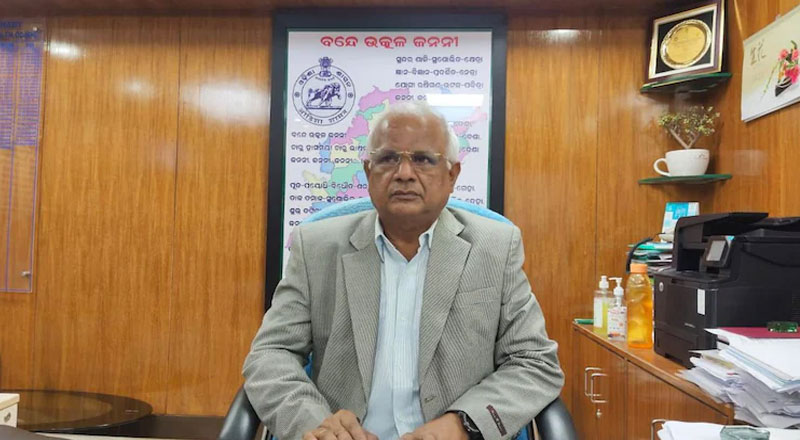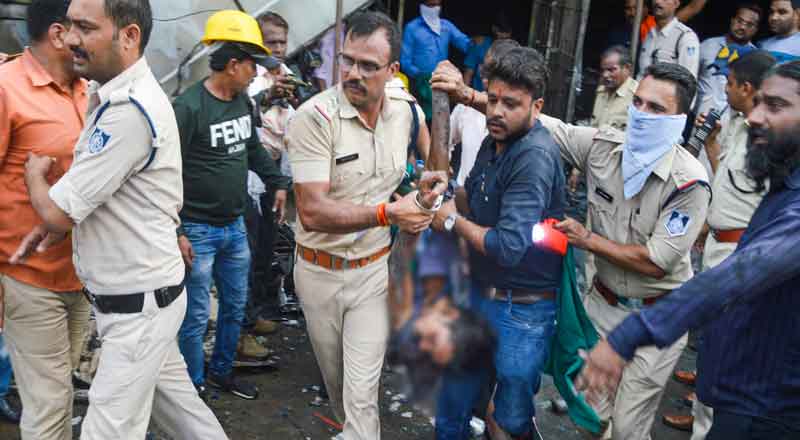With increasing cases of Monkeypox in the country, the Odisha government has issued an alert in all the districts of the state.
Already battling with rising cases of Cholera and Diarrhoea, the Odisha government sounded alert about Monkeypox. With the country reporting its fourth Monkeypox case, one latest in Delhi and three in Kerala so far and cases rising globally, the Odisha government has asked health officials to remain alert.
Talking to India Today, State Public Health Director Niranjan Mishra said, “As WHO has raised concern regarding the spread of Monkeypox cases, as India has already reported four cases, therefore, it is very important that states should remain alert for detection of these cases”.
“We have held discussions with the Regional Medical Research Centre (RMRC) about the method of treatment for people with Monkeypox symptoms. RMRC will test Monkeypox samples. As many as 15 centres, including RMRC, have been designated to carry out tests. Initially, Monkeypox looks like small pox. If anyone has such symptoms, he or she should immediately go for testing,” Mishra said.
The health department has already issued guidelines to medical colleges, chief district medical officers (CDMOs) and specialists and asked them to remain alert. District collectors have also been asked to keep a watch on people coming from other states and countries.
“On the surveillance part, we have issued advisories to all the districts on those having travel history, particularly those coming from high risk countries like Africa and Gulf Countries to be kept under vigilant, for development of signs and symptoms of Monkeypox,” said Mishra.
Notably, symptoms of the Monkeypox disease last from two to four weeks. It begins with a flu-like illness and swelling of the lymph nodes, followed by a rash on the face and body. Unlike SARS-CoV-2, which can spread asymptomatically, Monkeypox does not usually go unnoticed when it infects a person because of the skin lesions it causes.
Although there is no specific vaccine for Monkeypox, the vaccines used to eradicate smallpox are up to 85 per cent effective against the disease. As it transmits from one person to another by close contact with respiratory secretions, skin lesions, body fluids, droplets and contaminated materials like clothes, people have been advised to stay alert.





